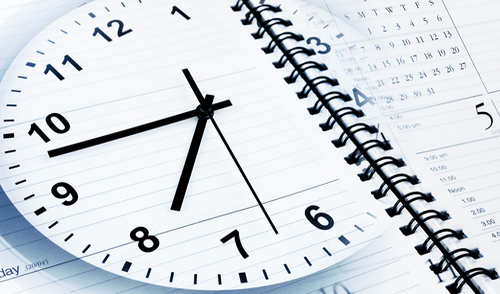When our meals, our activities, and our sleep habits no longer coincide with our customary routine, our mental and physical performance is impaired. Environmental cues, especially daylight, are no longer synchronized to our internal body clocks, causing us to have trouble sleeping, experience sleepiness during the daytime, suffer gastrointestinal problems, and be troubled by a reduced attention span.
What is a dyssomnia and its cause?
As humans, our internal body clocks or circadian rhythms typically find us active by day and asleep at night. Yet millions of Americans struggle with work or school schedules which disrupt the body’s natural tendencies toward when to sleep and when to rise. As a result, circadian rhythm sleep disorders, or dyssomnias, occur, such as jet lag syndrome, shift work sleep disorders, delayed sleep phase syndrome, and advanced sleep phase syndrome.
- Jet Lag Syndrome – Difficulty in initiating or maintaining sleep following rapid travel across multiple time zones, thus resulting in excessive sleepiness, decreased performance and gastrointestinal problems.
- Shift Work Sleep Disorder – This disorder may occur in workers who do not work a standard daytime schedule. It consists of insomnia or excessive sleepiness and the condition usually persists for the duration of the work shift period.
- Delayed Sleep Phase Syndrome – Teens or young adults, particularly college students, are victims of this disorder in which those who experience it generally go to bed late, have difficulty falling asleep and then sleep late in the morning.
- Advanced Sleep Phase Syndrome – Commonly seen among the elderly or those who live indoor or isolated lives, those with this disorder have trouble staying awake in the evening, but awaken before the sun comes up.
How is a dyssomnia diagnosed?
Any person who suspects they may have a dyssomnia should ask their family doctor for a referral to a doctor who specializes in sleep disorders. If referred to a sleep specialist, the doctor will obtain a medical history and ask sleep-related questions, may perform a physical examination, and may ask to interview the patient’s bed partner. If the sleep specialist feels an overnight sleep study is indicated, the patient may be referred to a sleep lab at the nearest hospital. In the sleep lab, the patient’s brain waves, muscle activity, leg and arm movements, heart rhythms, and other body functions will be monitored during sleep. With this information, the doctor can properly diagnose the patient’s condition and begin the patient on an appropriate treatment plan.
How are dyssomnias treated?
In the majority of circadian rhythm disorders, the underlying problem is the individual cannot sleep when sleep is desired, needed or expected. As a result of sleep episodes coming at inappropriate times, the wake periods occur at undesired times. Therefore, complaints of insomnia or excessive sleepiness is common among this group.
For those who travel across multiple time zones frequently, most sleep physicians will recommend that you maintain your home schedule when traveling or arrive a few days earlier so that you can adapt to the new time zone before an important business meeting.
For those who work on second, third or rotating shifts, it is recommended that the same schedule be maintained throughout each week, rather than following a regular wake-sleep schedule during days off — and to request that only forward rotations be made (i.e. from the 4pm-midnight shift to the midnight-8am shift to the normal day shift, etc.).
Chronotherapy — or time therapy — is used for delayed and advance phase syndromes. This involves moving the patient’s bedtime forward for delayed syndrome and backwards for advance syndrome until the patient is readjusted to a more desirable bedtime. Artificial lights — or bright light therapy — several times brighter than ordinary room lights can also be helpful.
In treating dyssomnias, sleep physicians typically use a combination of medications, chronotherapy, and bright light therapy to help the body reset its circadian rhythm.




 Take the simple test to find out if you could have a sleep disorder.
Take the simple test to find out if you could have a sleep disorder.
 Do you fall asleep more easily than others? Take this simple test to find out if you are excessively sleepy.
Do you fall asleep more easily than others? Take this simple test to find out if you are excessively sleepy.